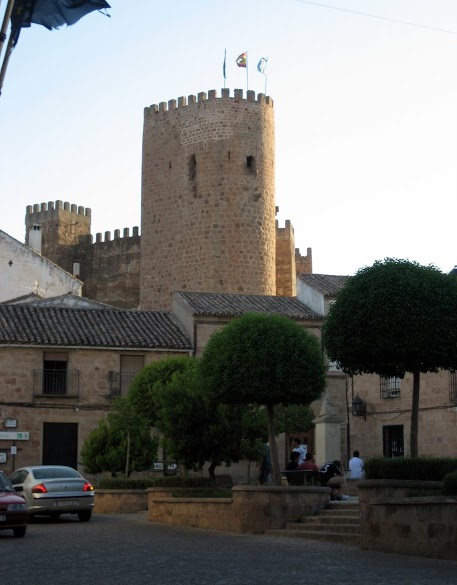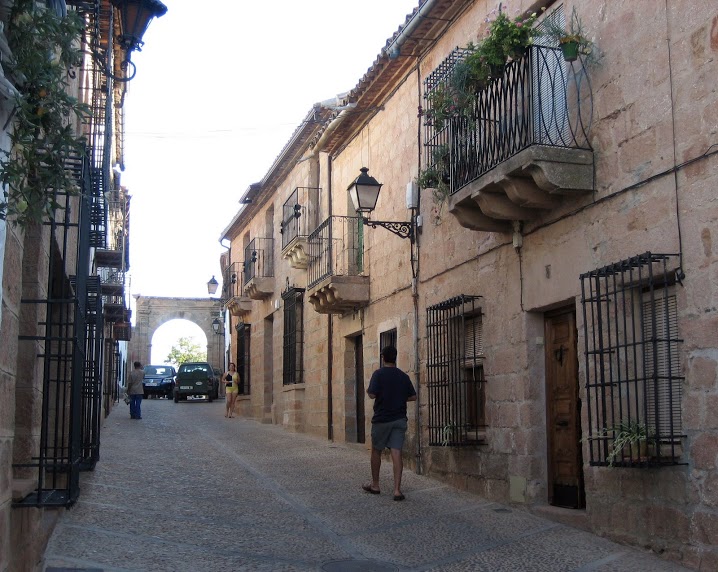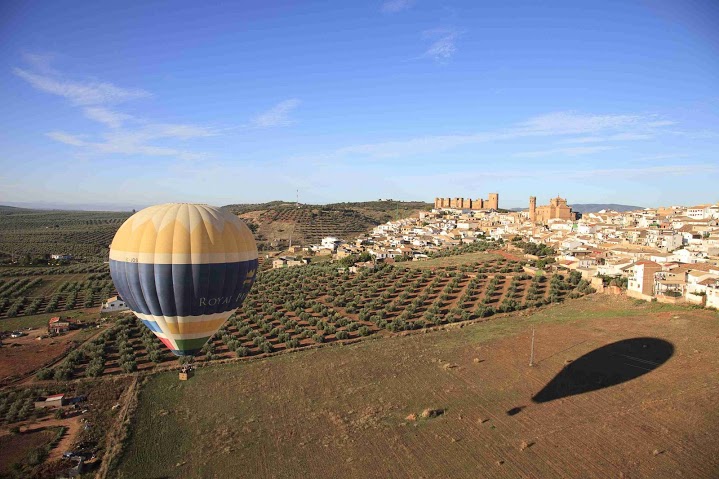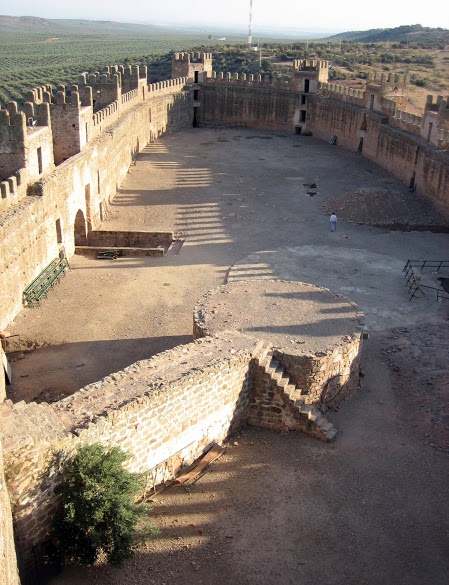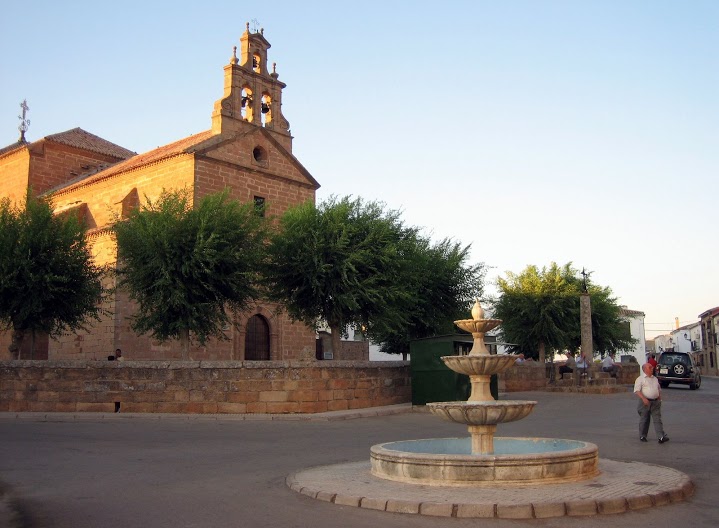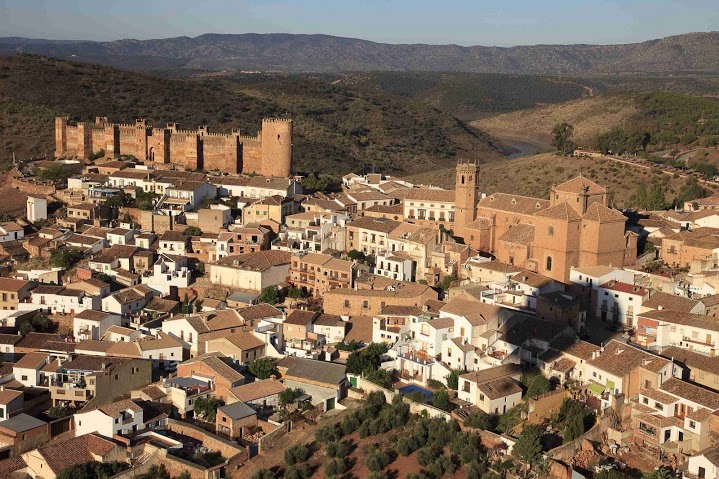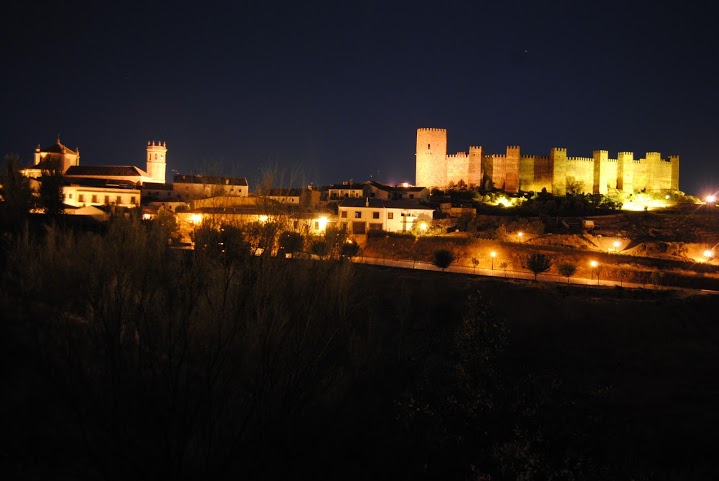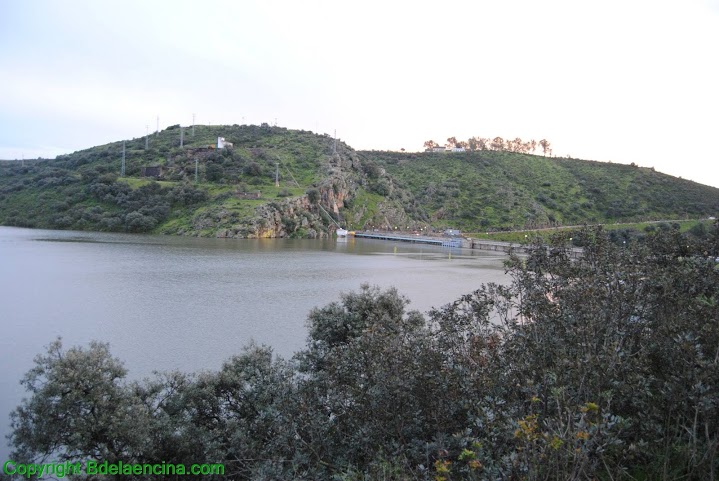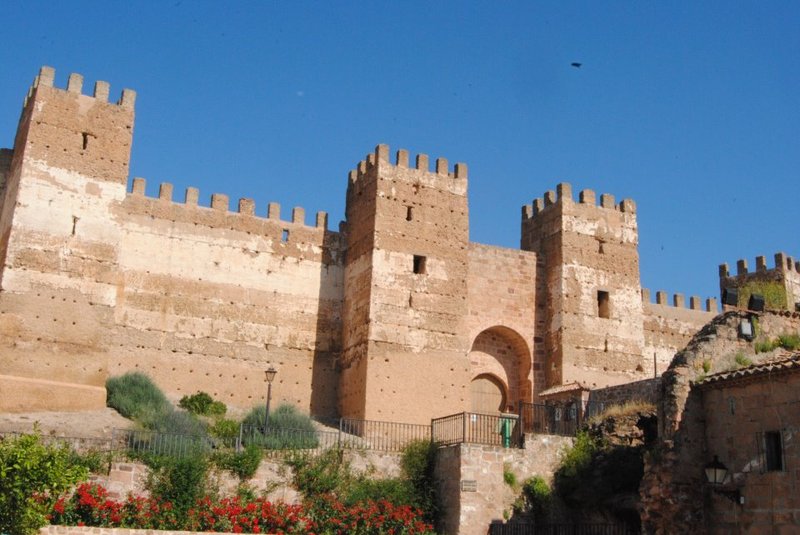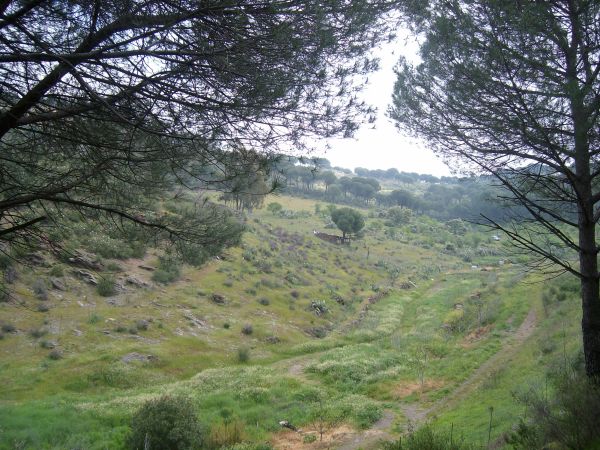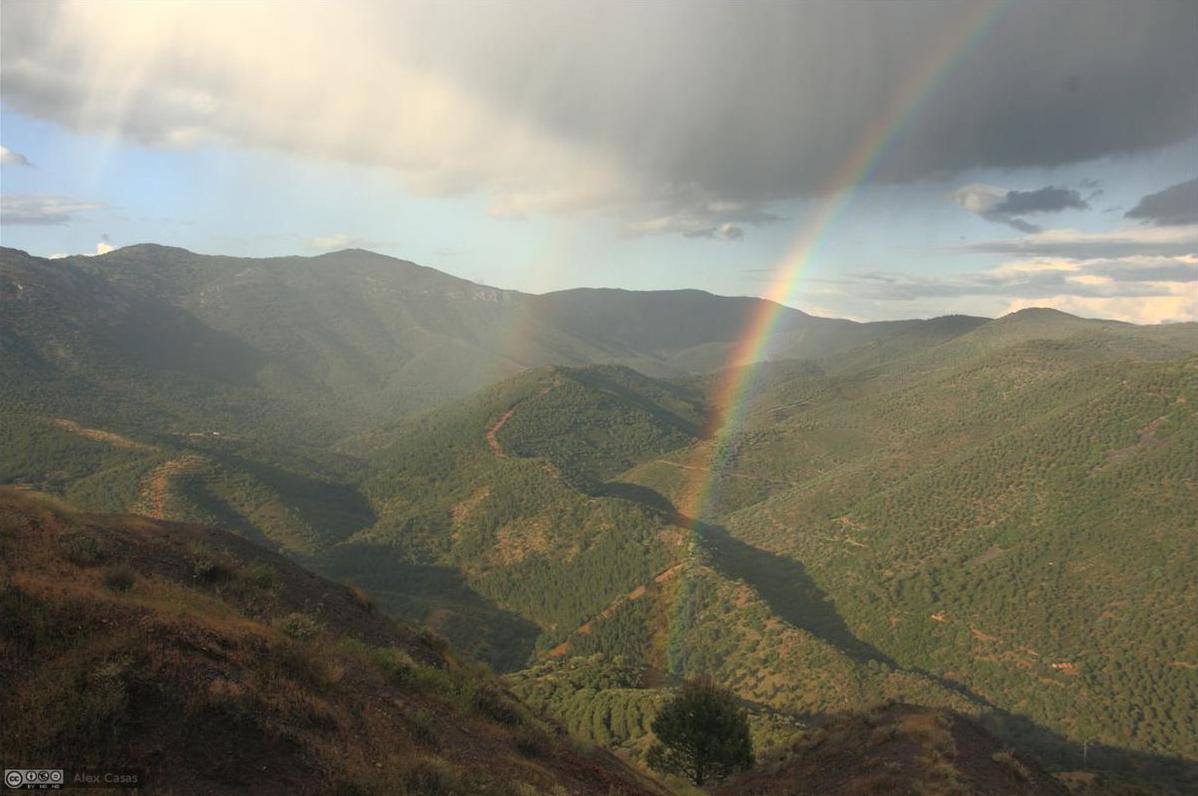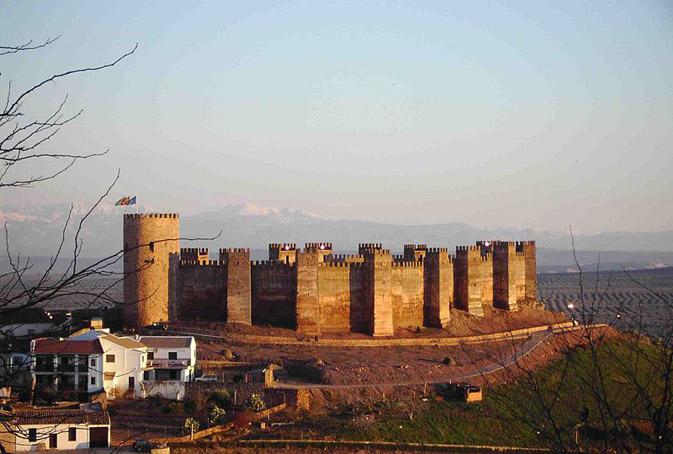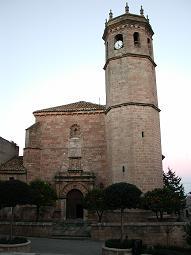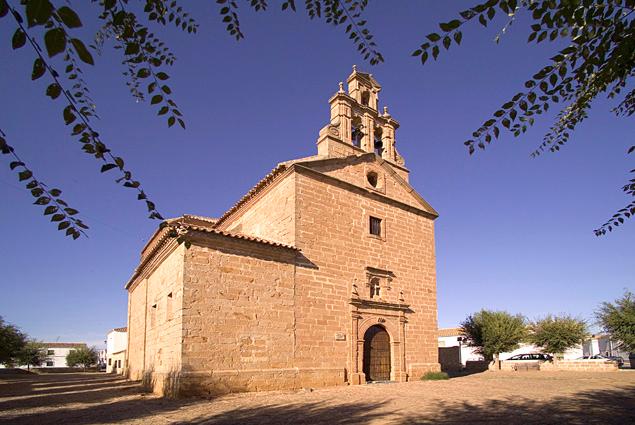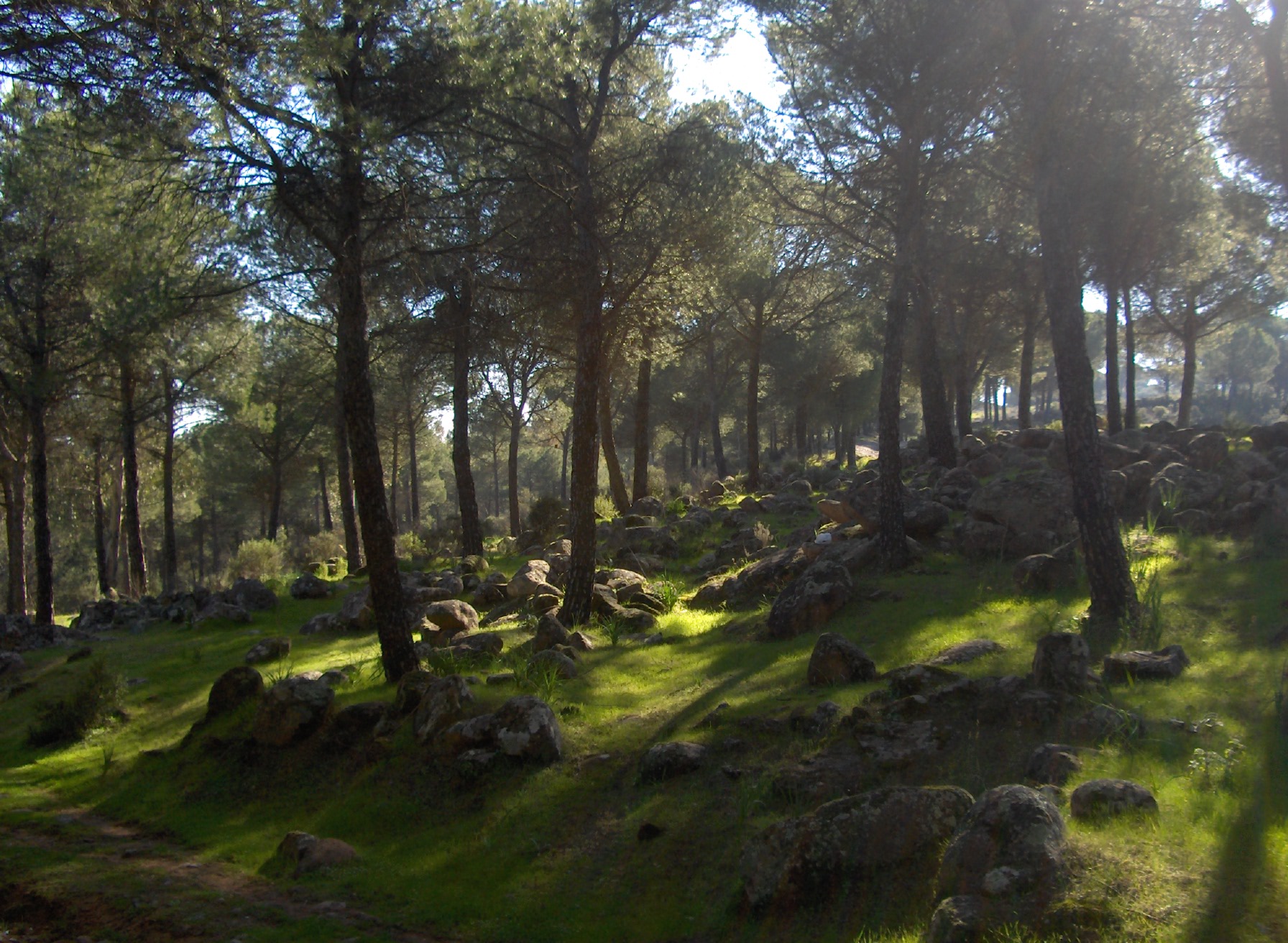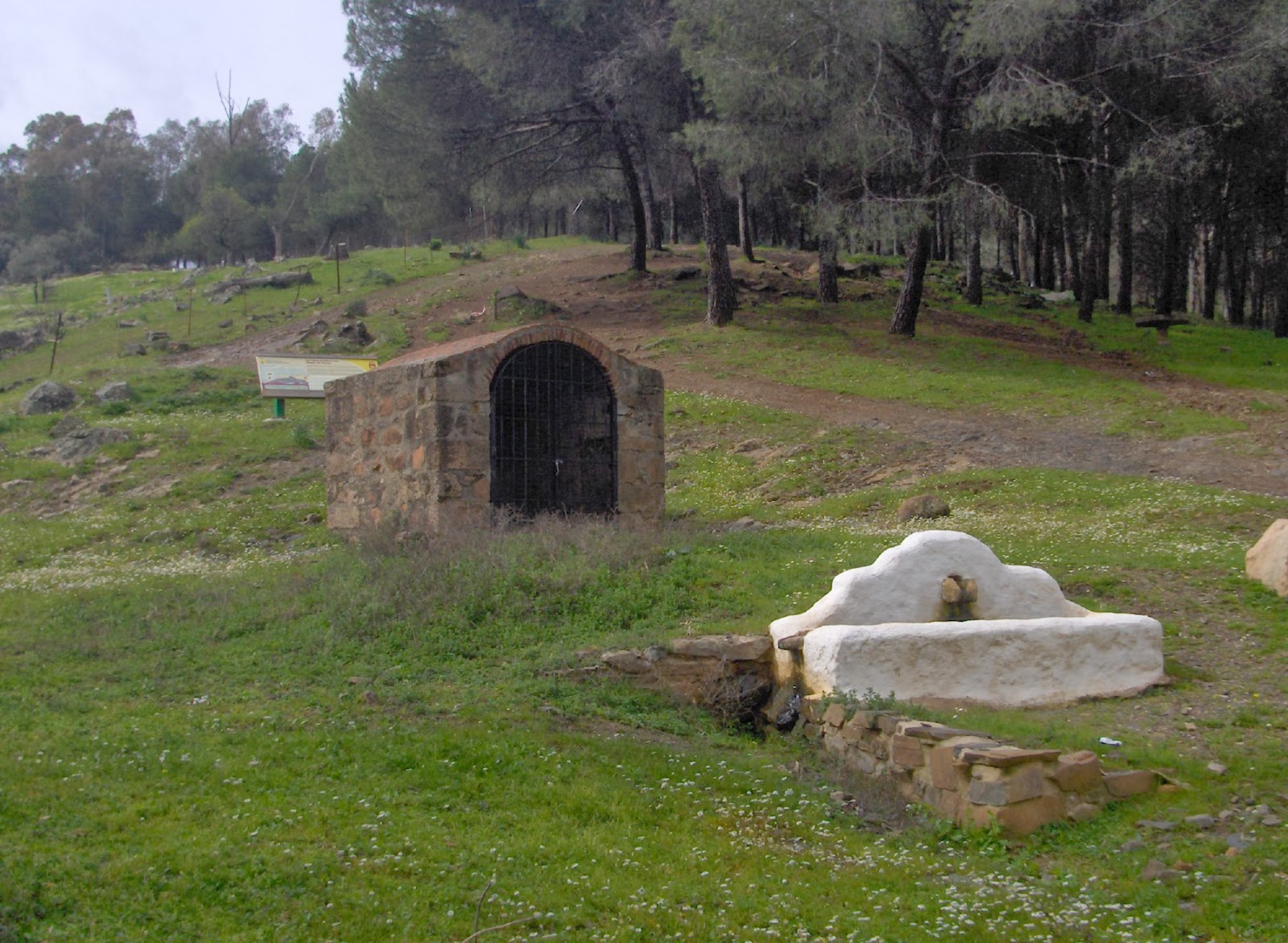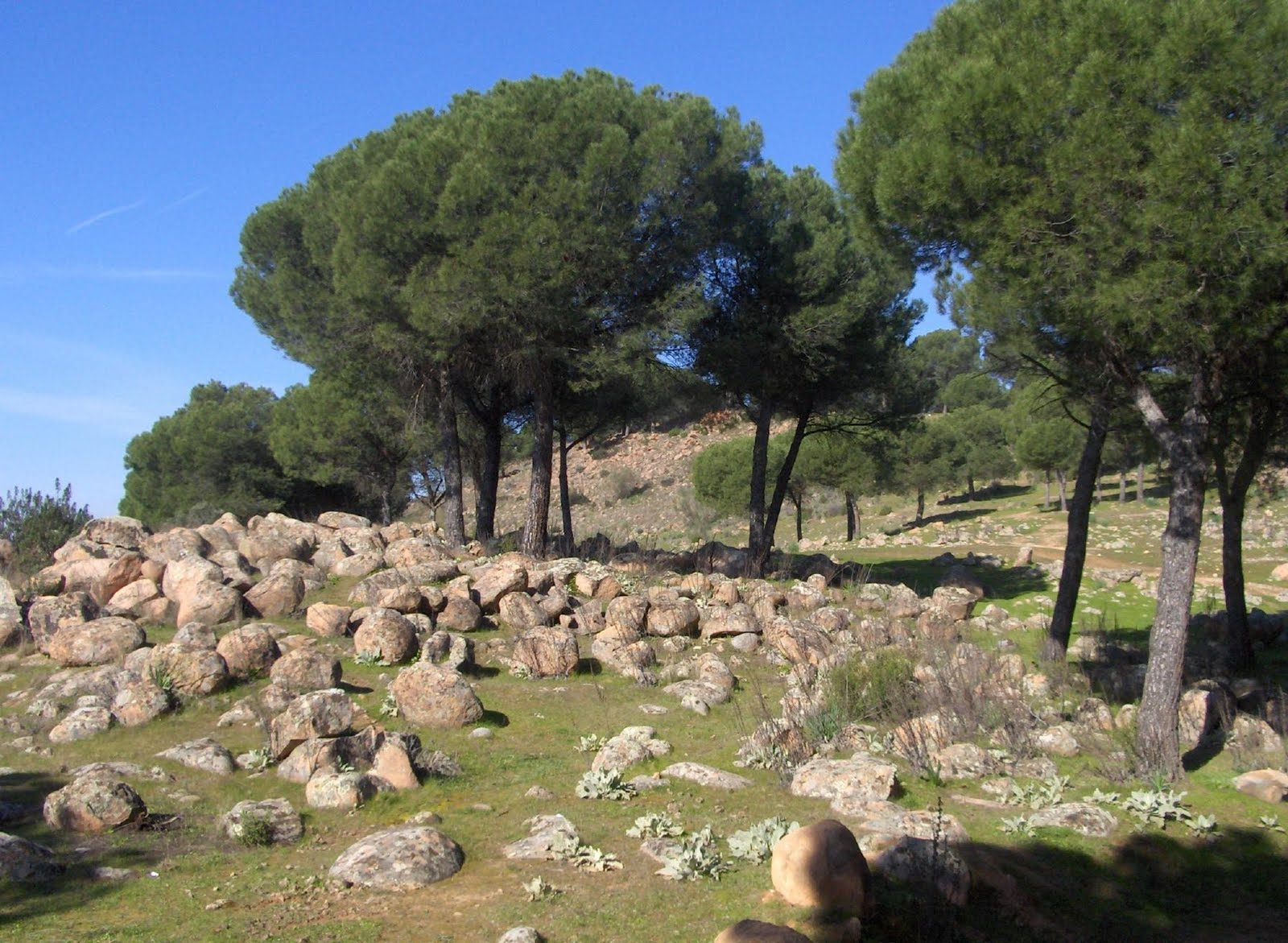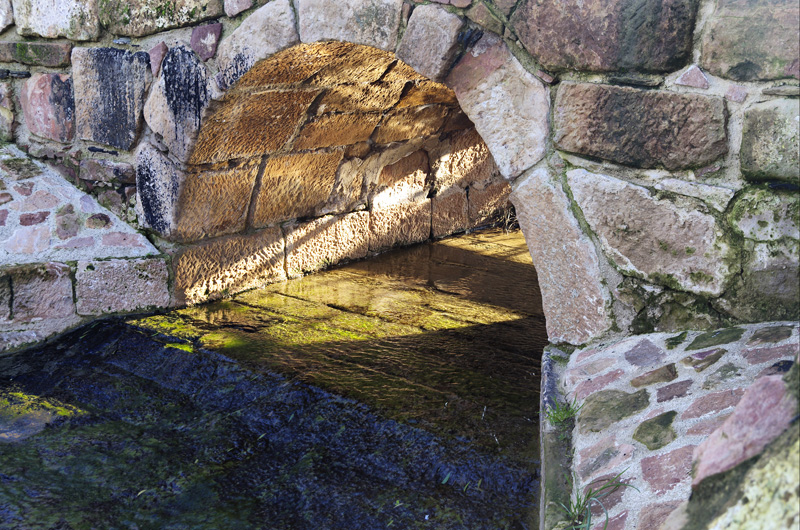Baños de la Encina
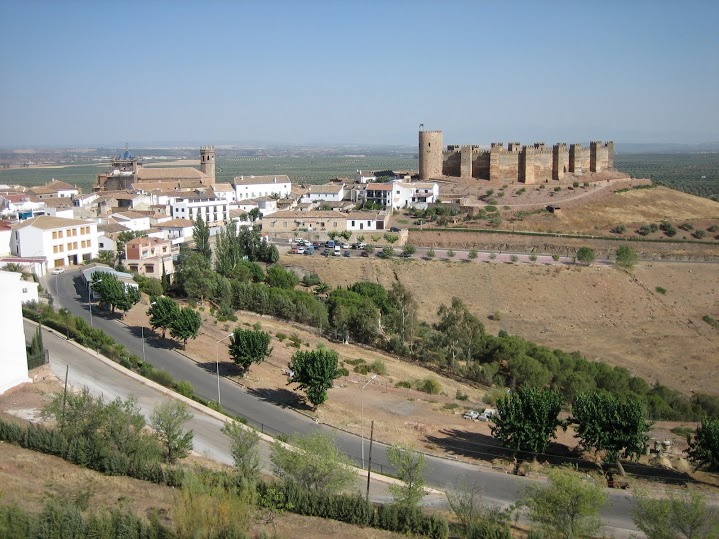
The village is situated to the north west of the province, at the foot of the Sierra Morena Mountains. Part of its district is included in the Sierras de Andujar Natural Park, medium sized mountains which house a truly Mediterranean ecosystem with groups of Holm, Gall and Cork Oaks, Oak trees, umbrella pines and bushes. A number of species of wild animals inhabit the area, which give it a great cynegetic importance.
The village centre, which was declared a Historic Artistic Site in 1969 is of great beauty and in harmony with its surroundings. It is situated on the slopes of a hill crowned with the impressive and well preserved Castle of Bury Alhamma, also a Historic Artistic Monument. The village also boasts monuments such as the Church of San Mateo, the Town Hall, the Palace of Priores, the Palace of the Molina de la Cerda Family, the House of the Herrera Cárdenas Family and other noble family houses.
History
The oldest known settlement dates from the Neolithic. Cave paintings have been found to the north of its district.
Mining of copper and bronze starts in the second millennium before Christ. This mining attracted the Greek and Phoenician civilizations.
The town appears to have its origins in the greek-spanish settlement Ebassiocey.
During Roman times, more precisely in Imperial times, work began in the silver mines but declined at the end of the Imperial period. We can find evidence of this mining past in El Centenillo, a hamlet of Baños de la Encina.
In the Al-Andalus period, the fortress was built by order of Alhakem II and was finished in 968.
The Christian re-conquest was first carried out by King Alfonso VII in 1147. It then passed back and forth from Arab to Christian hands until 1225 when it was finally conquered by King Fernando III. It formed part of Baeza until 1246.
In the 15th century, it was the scene of battles between the Condestable Iranzo and the Masters of the Calatrava and Santiago Orders, which reflected the conflict between the feudal lords and the modern state.
The village gains new importance with the intensification of agriculture and stockbreeding in the late 17th and early 18th century.
From the second half of the 18th century, a series of events follow which would deteriorate the economy of the village. First, in 1767 the village loses some territory with the creation of Guarromán, Carboneros, La Carolina y Santa Elena, within the Plan of New Villages in Sierra Morena. Finally, Mendizabal's Disentailment in 1835 and the Civil, Or Madoz's, Disentailment in 1855 put a definitive end to the Common Good.
It was declared a Historic Artistic Site in 1969.
Eminent citizens
Benito de Baños.
García Delgado, canon.
Francisco Tirado de Cuenca.
Bernardo Poblaciones Dávalos, abbot and bishop.
Juan Salido, military man.
Luis José Rentero Soriano, military man.

- Max 36
- Min 33
- Max 96
- Min 91
- °C
- °F


